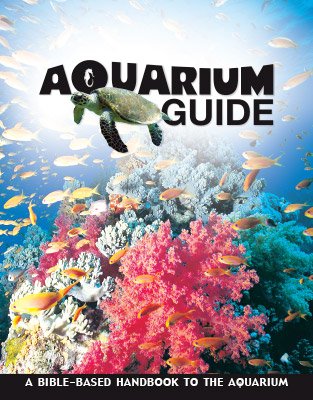Horseshoe Crab
The soft body of the horseshoe crab is protected by a hard, outer shell.

Design
Evolutionists call the horseshoe crab a “living fossil” because fossils of creatures identical to the horseshoe crab have been found and dated to millions of years. During those supposed years of evolution, the horseshoe crab changed very little. This should be no surprise since the horseshoe crab kind was created only a few thousand years ago.
Features
- The soft body of the horseshoe crab is protected by a hard, outer shell.
- The front, smooth part of the shell protects the eyes, legs, pincers, mouth, brain, and heart.
- The middle part of the shell protects the gills and reproductive organs.
- The last part of the shell is the spine that the crab uses to flip itself over if needed.
Fun Facts
- The horseshoe crab’s blood is blue because it is copper-based. Its blood contains a protein that is a key ingredient in a powder used to screen drugs and vaccines for contaminants.
- A horseshoe crab can survive even after losing one-third of its blood.
- It is also said that this creature can go without eating for up to a year.
- The horseshoe crab is not a “true crab” (it’s not a crustacean), but is grouped with scorpions, spiders, and extinct trilobites.
- Each spring during the high tides of the new and full moons, thousands of horseshoe crabs descend on the Delaware Bay shoreline to spawn. At the same time, migrating shorebirds descend on Delaware Bay to feed on their eggs, enabling them to have the energy to complete their northward migration.
CLASS: Merostomata (horseshoe crabs)
ORDER: Xiphosura
FAMILY: Limulidae
GENUS/SPECIES: Limulus polyphemus
Size: Up to 20 in (50 cm)
Diet: Worms and mollusks
Habitat: In the shallow waters of the Atlantic coast, from Nova Scotia to the Yucatan and in the Gulf of Mexico
Aquarium Guide
With fun facts about more than 100 animals, this long-awaited Aquarium Guide includes beautiful pictures and reveals the incredible facts and design features that point to our amazing Creator. This handy size guide is excellent for school field trips and family trips to your favorite aquarium!
Browse Kids Book- © 2024 Answers in Genesis
- Privacy Policy
- Contact
- About

